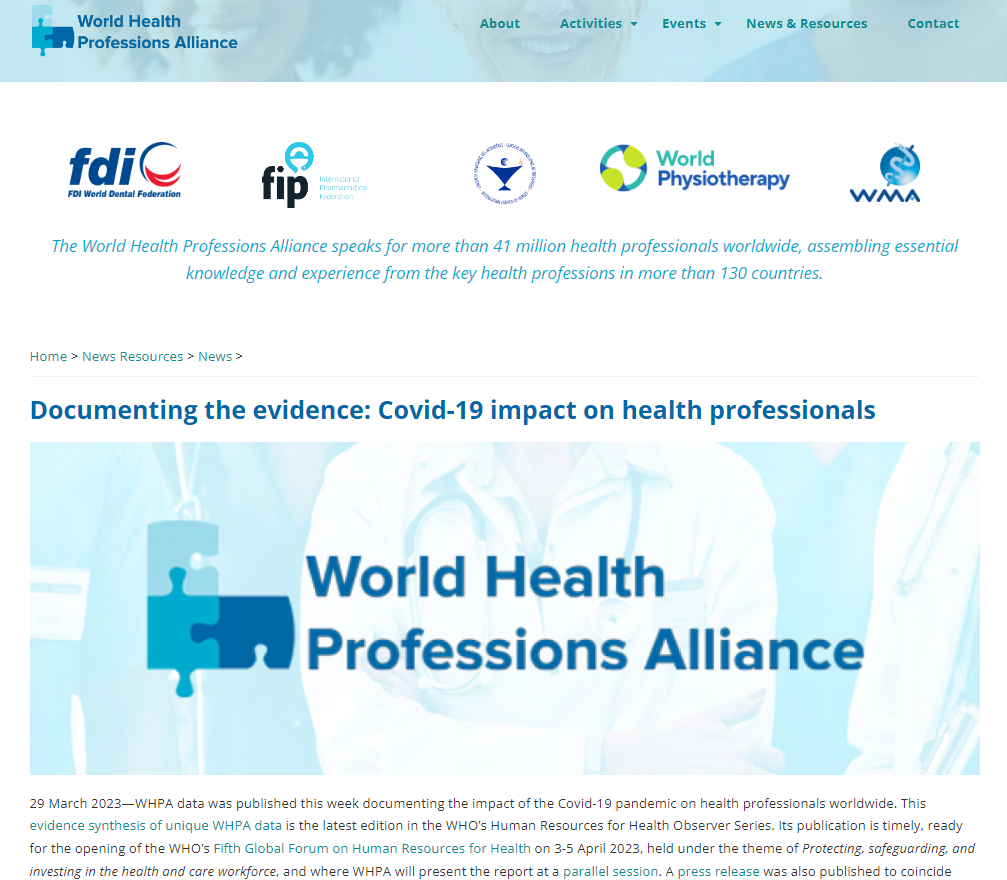In 2023, FIP published a new report “Pandemic preparedness, response and recovery: Lessons learnt for global pharmacy”. The report is accompanied by this digital supplement on pandemic preparedness, response and recovery, which collates key resources from the global health community, other health professions and key research outputs. The digital supplement will continuously be updated to include emerging data and lessons — and will expand to include more examples from FIP members as the world continues to recover and learn from COVID-19.















































